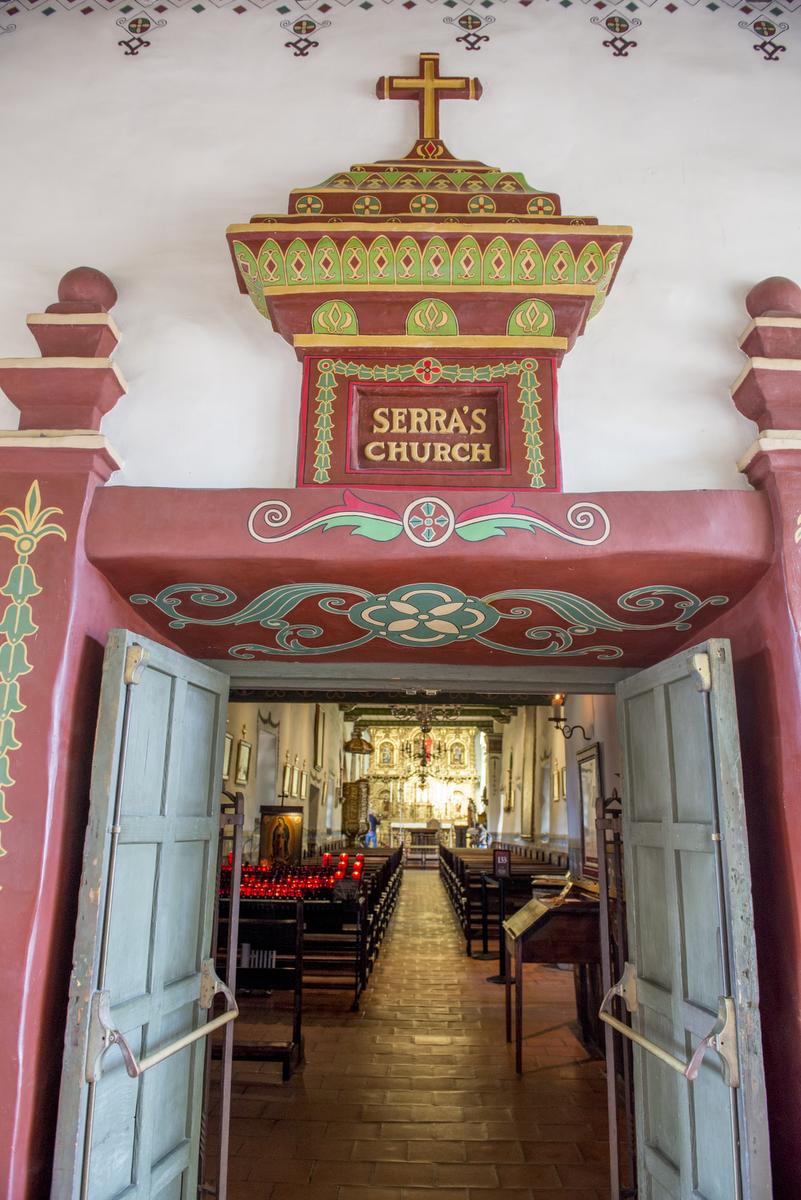Catholic Church Transfers Property Worth Some $100 Million
By Teri Sforza
The Catholic Diocese of Orange has transferred ownership of properties worth some $100 million to individual churches over recent years. Church officials say the move aligns the laws of God’s church with the laws of man, but critics denounce it as an attempt to insulate the diocese from big payouts if it’s sued. Dozens of parcels have changed hands since 2009, with the bulk transferred in 2012. Valuable properties that once belonged to the diocese and now belong to the churches include the Mission Basilica San Juan Capistrano, St. Joseph in Santa Ana, Saints Simon and Jude in Huntington Beach and more than a dozen others throughout the county. “More than five years ago, the Diocese of Orange underwent a process to bring the civil organization of its parishes into alignment with their canonical status,” diocese spokesman Ryan Lilyengren said. “This legal change made the civil structure more congruent with the established canonical status of our parishes.” Canon law is a religious legal code that governs the Catholic Church, separate from civil law. No money changed hands between the diocese and the churches as part of the transfers, according to deed records filed with the county. Catholic dioceses across America have been doing similar transfers in recent years, including in San Francisco – where the city’s legal attempt to force the church to pay property transfer taxes failed – as well as Nashville, Tenn.; Portland, Ore.; and Spokane, Wash., which were rocked by hefty lawsuits stemming from the priest sex abuse scandal. That scandal cost churches billions and bankrupted several dioceses. The Diocese of Orange weathered the scandal without such drastic action. It agreed in 2005 to a $100 million settlement with nearly 90 victims who had alleged abuse by Catholic priests, nuns and lay teachers. At the time, that was the largest payout of its kind in history. Several smaller settlements were reached before and after, and church watchers say abuse claims yet to come are the church’s main liability going forward. The transfers are not an attempt to dodge liability, though, officials say. San Francisco’s archbishop said the goal was “to allow the day-to-day operations of our parishes and schools to continue in a cohesive, efficient manner while at the same time establishing simple ownership models that clearly distinguish the canonical assets of the parishes and schools from those of the archdiocese in general.” Cathy Caridi, an American canon lawyer who practices law and teaches in Rome, said the move was a matter of housekeeping akin to watching paint dry. “Parishes are, canonically, sort of independent entities, so it makes complete sense that the diocese would be trying to make their civil status match that as closely as possible,” she said by email. The diocese stressed the transfers were strictly administrative, completely unrelated to the abuse conflict, and it feels they should not be linked in any way. The diocese was among the first to settle abuse claims “and has instituted one of the most robust systems for protecting children and young people of any organization,” spokesman Lilyengren said. Not everyone is convinced about its motives. “It’s a typical corporate defense measure, meant to protect assets,” said Patrick J. Wall, a former priest, Benedictine monk and legal consultant who helped shape the diocese’s $100 million settlement. Wall said people who feel they’ve been wronged still can sue the diocese, but they’d also have to sue individual parishes as well, making the legal process more cumbersome.
|
.
Any original material on these pages is copyright © BishopAccountability.org 2004. Reproduce freely with attribution.
